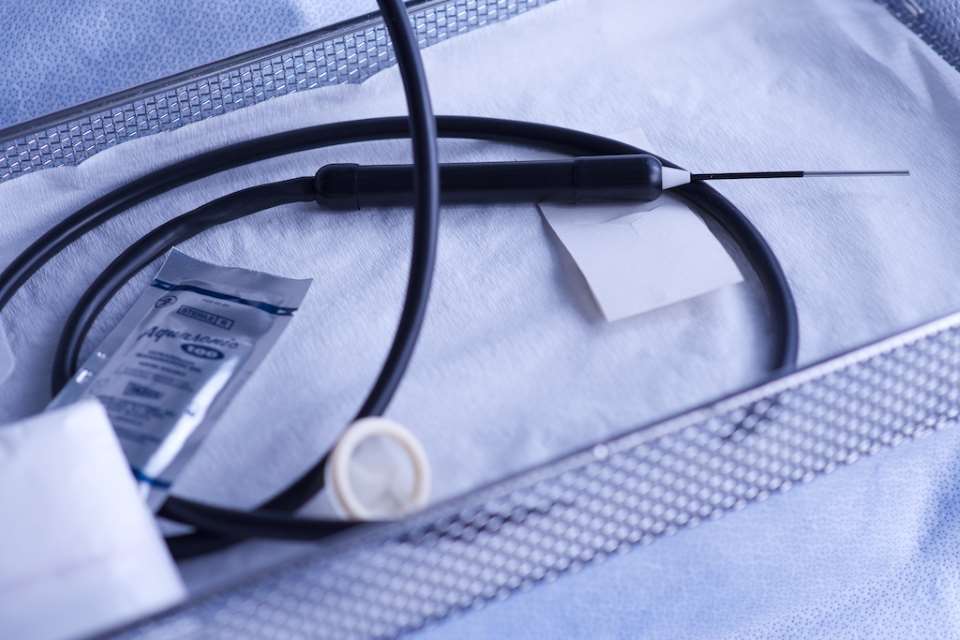What is cryosurgery?

As the term implies, cryosurgery is a form of surgical intervention whereby cold (through the use of various possible gasses such as nitrous oxide) is administered to abnormal tissue to resolve pain. Cryosurgey has been used in medicine for many years and it is currently used for such diverse conditions as various skin abnormalities, cancers (prostate, liver, lung etc), rigeminal neuralgia and cardiac arrhythmias. It has been used by pain specialists for a number of years to block the transmission of nerves so as to control pain.
Whilst cryosurgery had been used for the management of Morton's neuroma for about 20 years it is high resolution ultrasound that has allowed the treatment to become more effective. To help locate that area of treatment, a function on the ultrasound scan called 'Doppler' is used which allows for the visualisation of blood vessels than run next to the nerves. Cryosurgery is highly reliant on the skill of the operator and requires expert control of both the ultrasound machine and cryoprobe. Cryosurgery without ultrasound (blind surgery) is not advocated as results are less predictable.

© 2025 London Podiatry Centre Ltd. Company registered in England and Wales number 03904516.

 Español
Español Français
Français